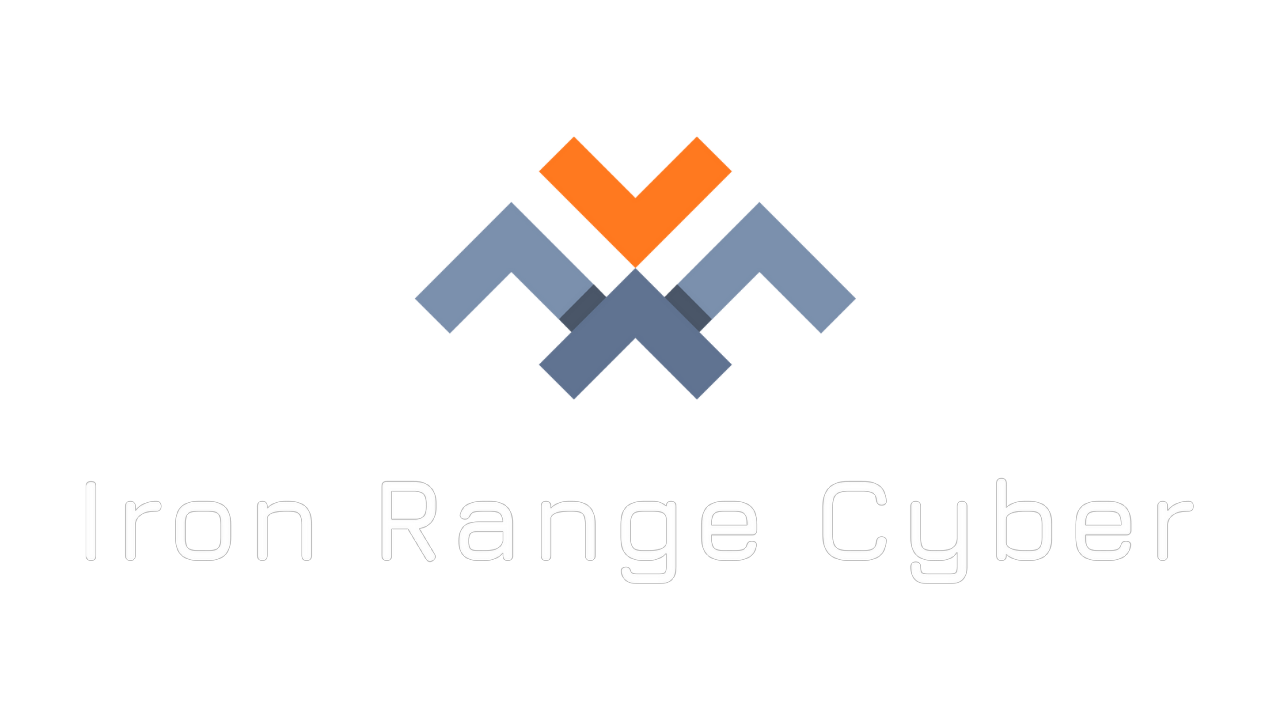What is an insider threat? An insider threat in cybersecurity is a cybersecurity threat from an individual within your organization. These individuals may have access to sensitive information and systems in your organization that can be compromised. An insider threat can include current employees, former employees, contractors, business partners, and anyone else with authorized access to your companies data. Insider threats are a growing form of cyber threat and can often pose more danger than external threats.
Insider threats include sabotage, theft, espionage, fraud, and those seeking competitive advantage. These insider threat attacks are completed through the abuse of access rights, material theft, or mishandling of physical devices. An insider threat does not have to be malicious in nature. Insider threats can also occur when employees or contractors are careless with your information security policy and thus allow malicious actors access to your network.
Insider threats can occur in every type of business, from government agencies to private companies – including those individuals working from home and those inside the office.
Insider threat cyber attacks impact:
- Healthcare
- Manufacturing
- Software as a Service
- Government
- Retail
And more
Insider threats in Cybersecurity
Some business owners believe that they do not have to worry about insider threats because they trust their employees. However, we must remember the all-important proverb – “trust but verify.”
Insider attacks can occur from disgruntled former employees with malicious intent. They can also occur unexpectedly and unintentionally from careless contractors or even the best current employees violating access controls. Although no business employing humans can fully prevent the possibility of an insider threat attack occurring, you can greatly reduce the possibility of this occurring by following the security measures and mitigation steps we discuss in this article.
Types of Insider Threats
A 2019 report from Verizon describes the different types of insider attacks and insider threats well.
The malicious insider: This is what most people think of when they consider an insider threat management program – how to deal with malicious employees. These employees have access to sensitive information and corporate access privileges. The malicious insider will use their privileges to access corporate information for their own personal gain or to inject malware. This could include selling sensitive information, leaking data to the press, or other forms of insider information sharing.
The disgruntled employee: Another common form of insider threat is that of the disgruntled employee or former employee. These are current or former employees who may try to harm their employer’s organization by disrupting current business processes, creating data breaches, or destroying information. These employees are dangerous insider threats because they are acting out of anger and not personal gain as the malicious insider is. The disgruntled employee can cause a lot of damage to the company quickly if their actions go unnoticed. This is why it is vital to remove access and privileges for employees undergoing HR investigations and employees who have been terminated.
The insider agent: This type of insider threat is part of a larger cybersecurity threat. The insider agent is often approached by a malicious third party or bad actors that seek to do harm to your organization. These external attacks work with the employee on the inside to retrieve data, destroy records or infect systems. The insider agent may receive bribes or other compensation for their cooperation in the insider cyber attack. These individuals may use network access or their endpoint devices to distribute restricted sensitive data.
The careless employee: The careless employee can often be more dangerous than other threat actors such as the insider agent or disgruntled employee. This is because the careless employee does not understand what they are doing is wrong and their actions can go unnoticed for far longer than other threats. These employees often misappropriate resources, break acceptable use policies, ignore security controls, create and use unauthorized workarounds, and install banned applications. These are all common mistakes carried out by many employees who may not even realize they are opening your organization up to threats or abusing their access control. These insider incidents are hard to spot and control.
The feckless third party: Many of you who are former military may be familiar with this quote regarding military officers from Kurt von Hammerstein-Equord – the classification of clever, diligent, stupid, and lazy officers. “One must beware of anyone who is stupid and diligent — he must not be entrusted with any responsibility because he will always cause only mischief.” The feckless third party is the “stupid and diligent” officer. These third parties can include outside partners, contractors, or others who have access to your network. These individuals can compromise your network and thus your intellectual property through misuse of assets, general negligence, or malicious actions.
Identifying and Preventing Insider Threats
Because insider threats often come from those individuals your organization trusts it can be difficult to know what steps to take to prevent insider threats from compromising your organization and creating a security risk. This is why it is important to be vigilant and maintain propper visibility over the access privileges your employees and contractors have and monitor their actions.
Some behaviors security teams and security professionals should be aware of include:
- Former employees attempting to access their email or other applications
- Current employees displaying negative or disgruntled behavior towards management or coworkers
- Employees or contractors attempting to bypass security policies
- Employees or contractors attempting to access files or system not relevant to their role and responsibilities
- Employees violating organizational policies without remorse or doing so repeatedly
- Mass copying of files from restricted or sensitive folders
- Other suspicious activities and unauthorized user behavior
How to Prevent Insider Threats
- Maintain proper access controls and conduct frequent audits of access management
- Require multi-factor authentication to access sensitive information
- Update and patch network devices, endpoints, and firewalls regularly
- Require users to undergo regular security awareness training in order to educate individuals on the following security measures:
- Social engineering attacks
- Data loss prevention
- Data security protocol
- Phishing attacks
- Ransomware
- Preventing security breaches
- Threat detection and management
Although your organization cannot fully prevent the possibility of an insider threat compromising your organization, you can use the information provided here to better educate your employees and security team on the importance of insider threats.


